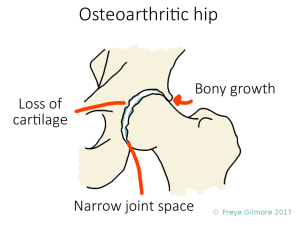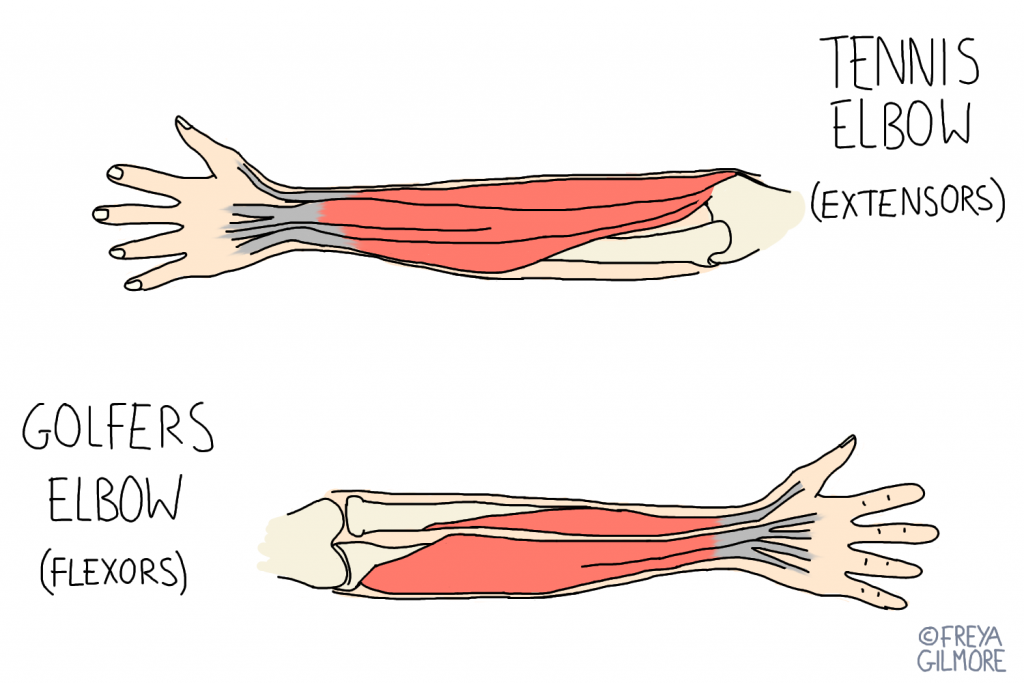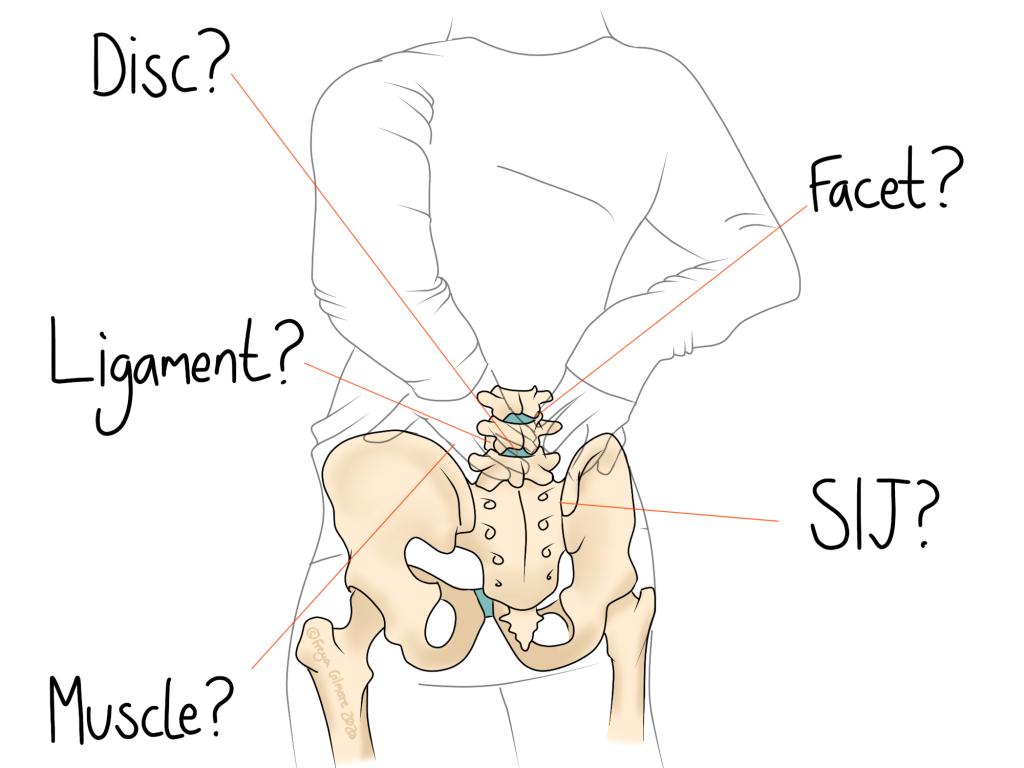A cervicogenic headache is one that is caused by structures in the neck, such as muscles, joints, nerves, and blood vessels. It is estimated that up to 2.5% of the general population in the USA are experiencing a cervicogenic headache at any one time. Women are four times as likely to experience this than men.

By definition, neck movement or sustained awkward positioning will aggravate or bring on the headache. It is common to also find restriction in neck movement, and a change in neck posture. Pressure over the joints of the neck, or into the muscular trigger points around the neck and shoulder are also common aggravating factors.
Biondi’s paper is a review of a selection of previously published research, covering diagnostic criteria, guidelines, and the pathophysiology of cervicogenic headaches. Despite the research being funded by pharmaceutical companies, it reiterates the benefit of manual therapy for the treatment of cervicogenic headaches.
Does osteopathy work for cervicogenic headaches?
The paper regards physical and manual therapies to be important parts of the treatment program.
A controlled trial testing the effectiveness of therapeutic exercise and manipulative treatment for cases of cervicogenic headache found that efficacy was not substantially affected by age, gender, or headache chronicity in patients with moderate to severe pain intensity. This finding suggests that all patients with cervicogenic headache could benefit from manual modes of therapy and physical conditioning.
Categories of recommended treatment include
- Pharmacologic
- Non-pharmacologic
- Interventional
- Surgical
Osteopathic treatment comes under “non-pharmacologic”, along with physical therapy, use of a TENS machine, relaxation therapy, and psychotherapy.
A combination of both exercise and manipulation had better results than either modality alone. Both significantly reduced the frequency and intensity of cervicogenic headaches with long lasting results. It was also found that long term benefits are most substantial in patients who continute to participate in exercise programs.
Recommended techniques include craniosacral therapy, strain-counter strain, and muscle energy techniques. HVLA thrusts (or “clicking”) may suit some individuals, but can cause an increase in pain, particularly if the treatment is strong. The paper suggests that gentle techniques such as stretching should be used initially, leading up to strengthening. It also notes that other modalities that give temporary relief can aid the progress made through physical therapy.
Early diagnosis and management by way of a comprehensive, multidisciplinary pain treatment program can significantly decrease the protracted course of costly treatment and disability that is often associated with this challenging pain disorder.
—
Biondi, D. (2005). Cervicogenic Headache: A Review of Diagnostic and Treatment Strategies. The Journal of the American Osteopathic Association, [online] 105(4_suppl), pp.16S-22S. Available at: http://jaoa.org/article.aspx?articleid=2093083 [Accessed 12 Oct. 2017].
Make an appointment for your headaches in MK or Buckingham here



